Cycling while wearing headphones often sparks a debate – sadly a lot of it misinformed, because what many people don't seem to realise is that there are now many products designed specifically for listening to music on the bike. So, we've put together a list of some of the best headphones for cycling that let you listen to music or podcasts safely, without being acoustically isolated from your surroundings.

Best bone-conduction headphones for cycling: Suunto Wing bone conduction headphones

Best air-conduction headphones for cycling: OneOdio OpenRock S Open-Ear Air Conduction Sport Earbuds

Best cycling headphones for battery life: JLab Epic Air Sport ANC True Wireless Earbuds

Best cycling headphones for sound quality: Sony Linkbuds S

Best cycling headphones for comfort: Oladance Open Ear Headphones
Opinions are often varied on whether or not you should ride with headphones in, but in the United Kingdom there is no legislation prohibiting cyclists from wearing headphones while cycling. This isn't the same for every country, state and province though, and riding with earphones in could result in a costly fine in some parts of the world. It's always best to check on the local laws and customs if you plan on cycling abroad, of course.
Some would argue that the problem with wearing earphones when you're riding is that you're isolated from your surroundings, which is potentially dangerous on the open road. So, most brands that produce headphones for cycling go down the bone conduction or air conduction route. This leaves your ear canal open, ensuring you remain aware of your surroundings.
The best headphones for cycling will also fit seamlessly with your helmet and sunglasses, stay in place over rough terrain, have a long battery life and include some degree of waterproofing.
How we review headphones for cycling
Our reviewers put all products through at least a month of rigorous testing before delivering their verdicts. When it comes to headphones, this ensures that they undergo use across a range of conditions to gauge their overall quality.
Our cycling headphone reviews assess various factors such as the sound quality, battery life, quality of construction and comfort, while also ensuring they don't drown out surrounding noise. We believe that this provides a comprehensive evaluation and valuable insights into what the headphones are like to wear regularly, rather than just evaluating based on a spec sheet like some naughty publications might do to cut corners.
Why you can trust us
When it comes to road.cc buyer's guides, we will only ever recommend products that fared well in reviews. All the cycling headphones featured here scored 4 out of 5 stars or more overall from our reviewers, indicating very good or excellent quality according to our reviewers' opinions.
Our reviewers are all experienced cyclists, and so are the road.cc team members who put these guides together. That means you can be sure the product selections are our genuine top picks, not just a round-up of products we can make commission from.
Now, onto our recommendations! Whether you're looking to blast those tunes whilst on the turbo or listen to a podcast to get you through a long ride, here are our top picks.
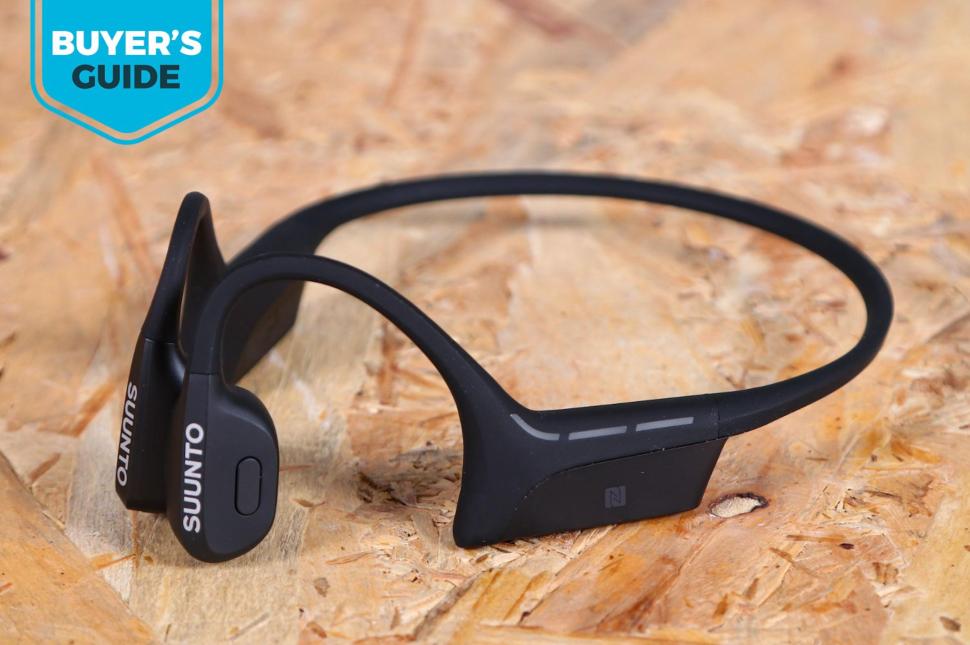





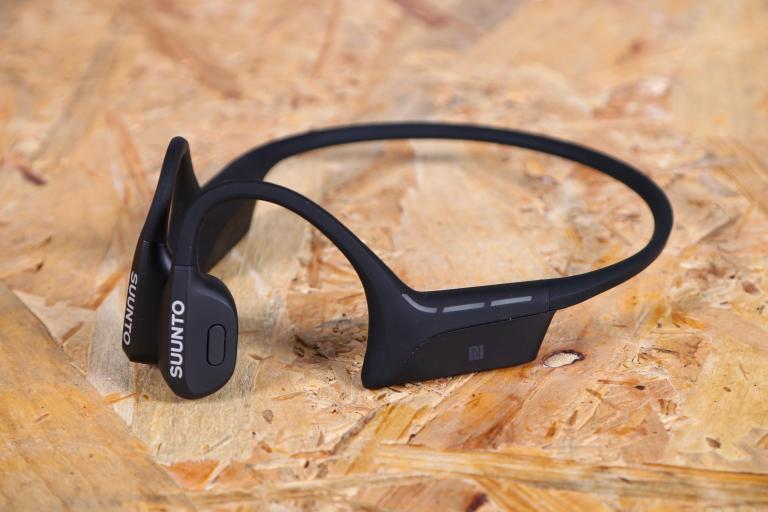

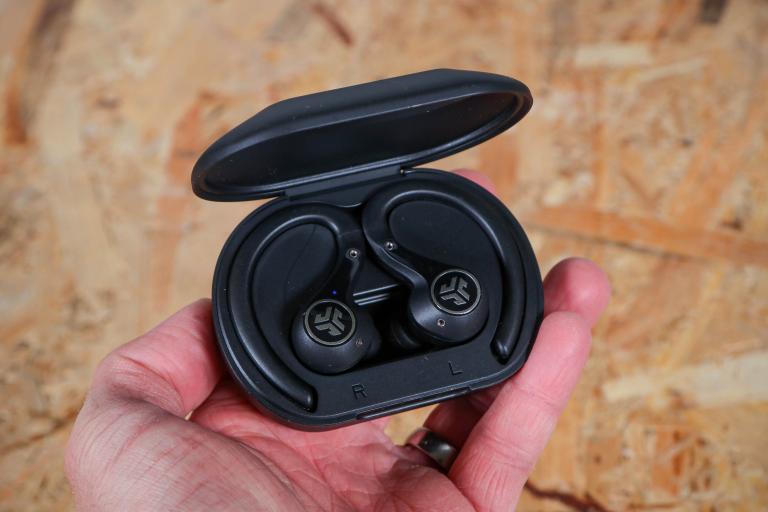
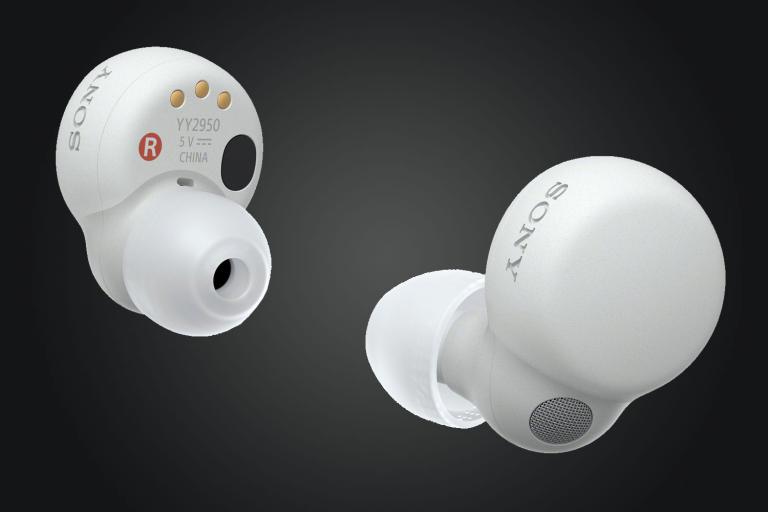
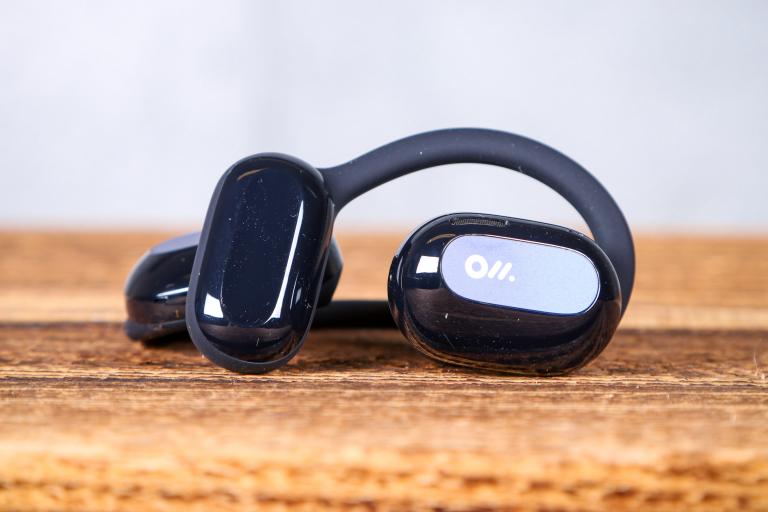
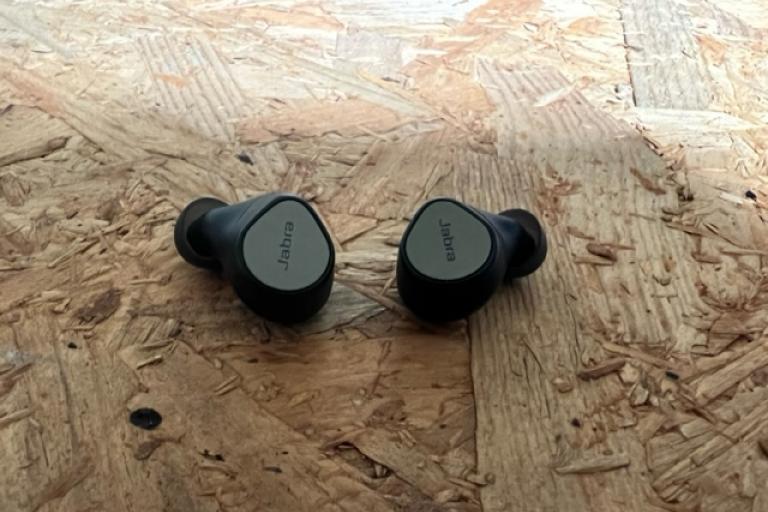
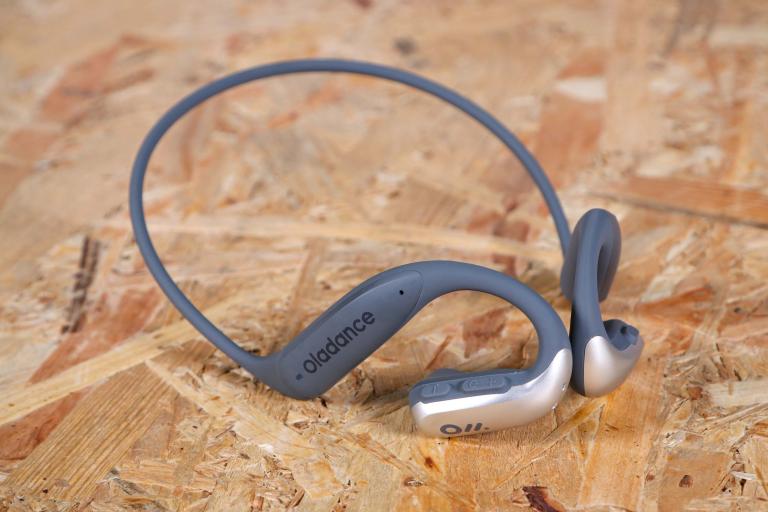
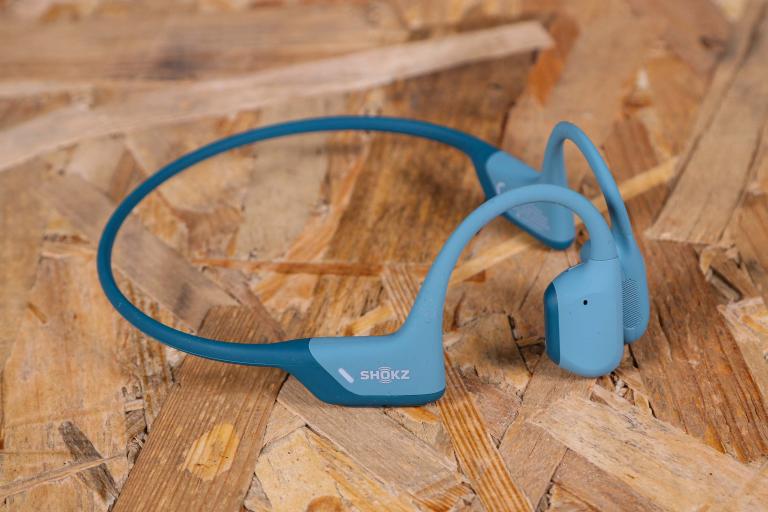
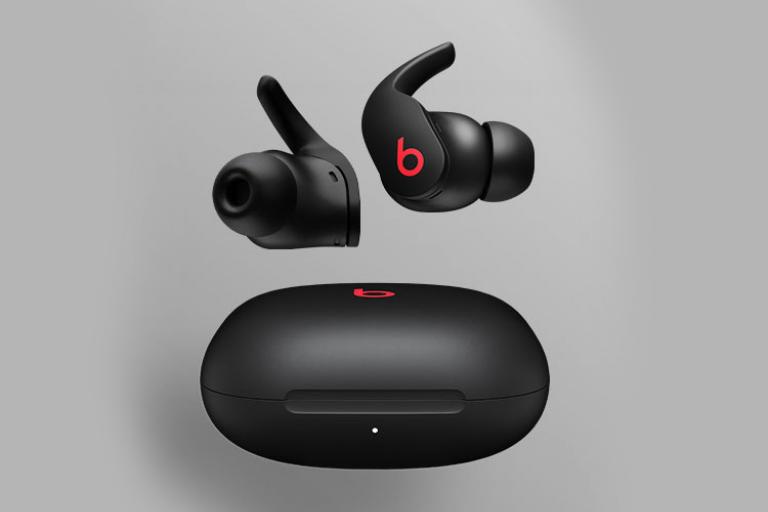
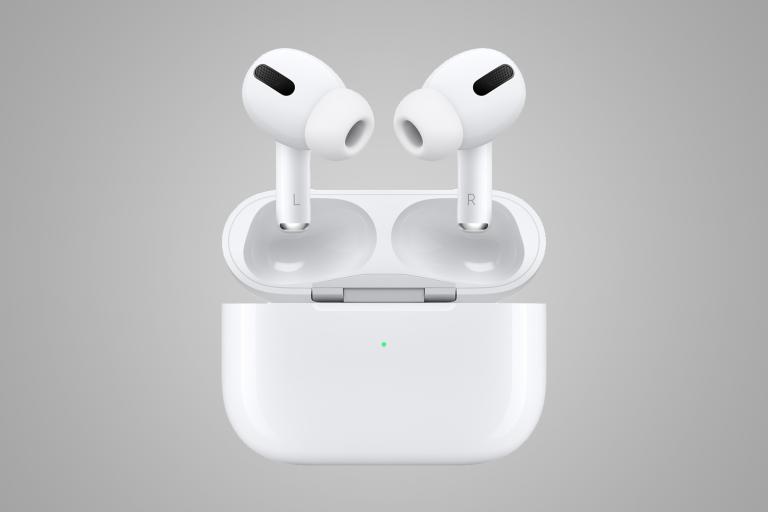
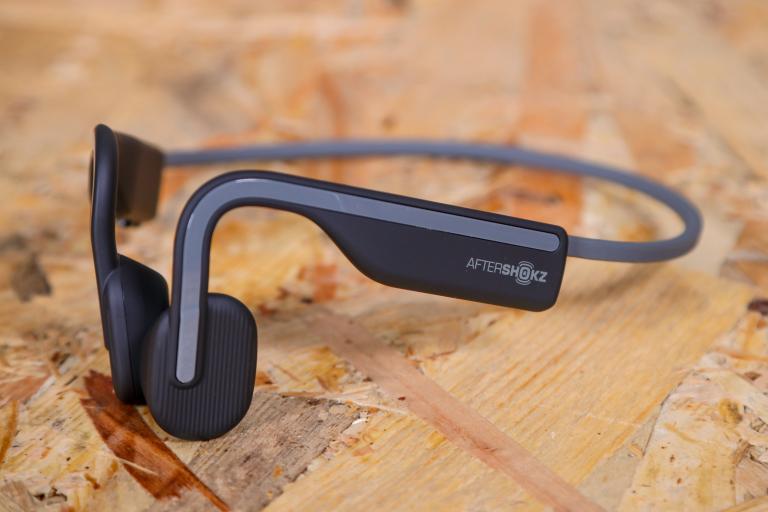
Add new comment
2 comments
For anyone considering the Shokz, the next-rung down version, the OpenRun, is IP67 rated and so is a lot more waterproof than then the newer Pro's which are only IP55. They're also cheaper.
Personally, having owned a number of "bone conduction" headsets from a couple of different vendors (Shokz and various chinese brands), I am pretty sure they're all air-conduction for sound.
The bone conduction ones may have more of a membrane over the speaker, and I'm sure that does affect the quality of the sound, but it's primarily going through the air to get to your ears. You can easily verify this by comparing sound where you a) lift them slightly off your cheek versus b) close your earhole over.
Edit: Having played a bit more with my Shokz today, following my own protocol given here, I have to say I am wrong in the above. A significant amount of the audio does go via the cheek bone. I think maybe it was less so for other, cheaper, headsets I've had.